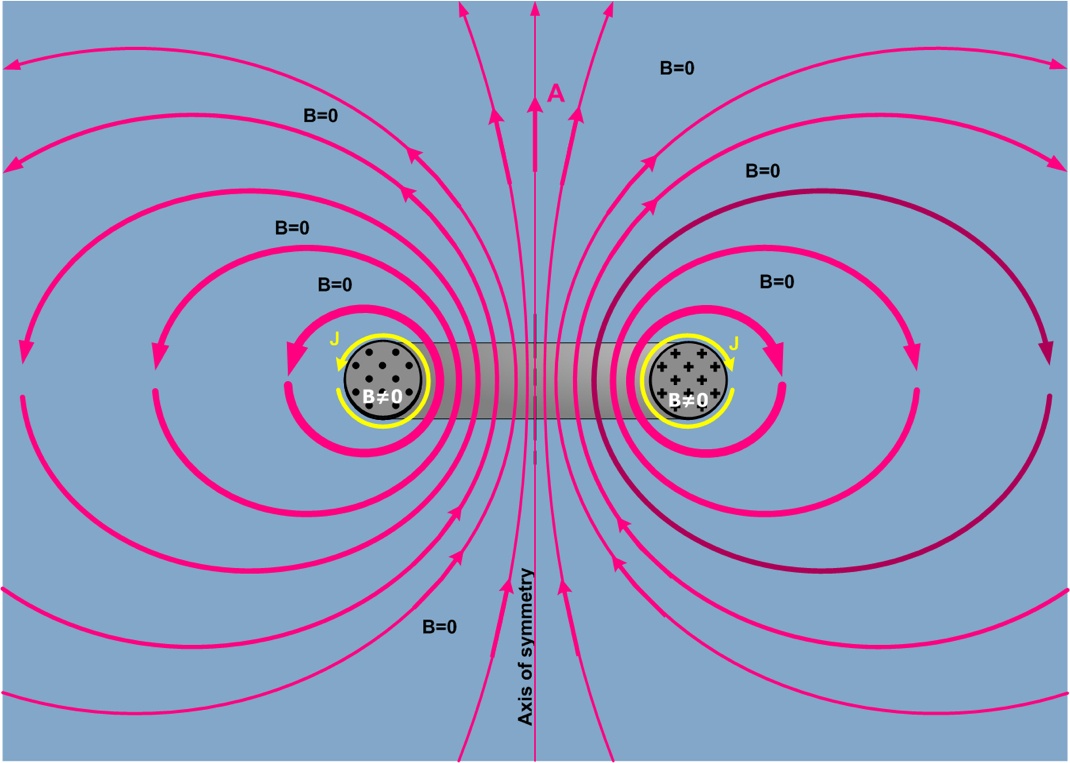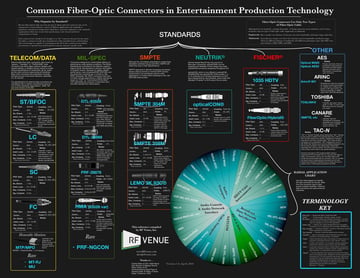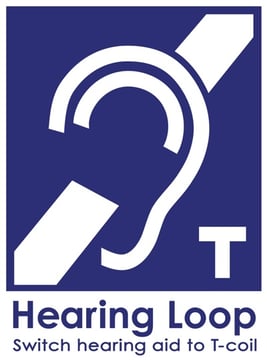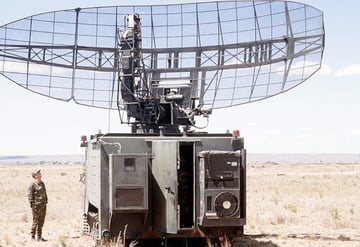- Products
- All Products
- RF PA Extension Kit
- Wireless Microphone Upgrade Packs
- In-Ear Monitor Upgrade Packs
- Wireless Microphone Antennas
- Wireless In-Ear Monitor Antennas
- Antenna Distribution for Microphones
- Antenna Combiners for In-Ear Monitors
- Multi-Zone Antenna Combiners
- Spectrum Tools
- Accessories, Cables and Parts
- Solutions by Venue
- Resources & Training
- Performance Tools
- About Us
December 15, 2014
Do Induction Hearing Loops Cause Interference to Nearby Electronic Equipment?
Written by: Alex Milne

Shortly after publishing our last article, Hearing Loops, Not Exactly for Beginners, I received a helpful email from a reader who mentioned that induction hearing loops were, in his experience, responsible for causing interference to video equipment. The last article was written from the perspective of avoiding interference to the loop, but, when I think about it, the inverse is just as plausible: hearing loops do emit a magnetic field, and so there is the potential for interference with electronic equipment. The likelihood of such interference and the conditions under which it might occur is discussed in the following post. In summary, if loops are installed correctly, according to international standards, there is no reason to eschew hearing loops for fear of interference.
First, induction hearing loops do not emit EMI. EMI stands for electromagnetic interference. Hearing loops put out a magnetic field that varies in intensity in conjunction with the electrical current fed to it by an audio or assistive listening device amplifier. Electronic equipment is often shielded both from receiving and emitting electromagnetic interference. This shielding also can help draw ambient magnetic fields away from electrical components inside the device’s housing. So, when interference does occur, the magnetic field is rarely getting into the devices themselves, but rather the cables that carry signals between devices. Cables, especially those that are poorly shielded or un-shielded, can pick up the magnetic field, which infiltrates the cable and connectors and contaminates the signal chain with interference from the loop's audio feed.
“In a properly installed loop, you want to make sure all cable types are at least 12 - 18 inches away from both the feeder wires and the main loop," explains Mike Griffitt of Utah based Listen Technologies, who provides training to A/V professionals in loop installation. “This recommended separation applies to all cable types, including voice & data cabling. There are versions that are shielded and non-shielded, but I would still recommend having some separation between the cables.”
Furthermore, microphones and other sensors have the potential to pick up the loop's field, which manifests as a humming sound. Inexpensive, dynamic type microphones from budget manufacturers and single-coil guitar pickups are the most common offenders. And even if your install does require the use of either inexpensive dynamic microphones or single-coil guitars near the loop, Griffitt insists that all problems are easily avoided by following IEC 60118-4 standards for loop installation, which specify, among other things, the use of phased arrays for creating an even field with a distinct border - keeping microphones, cables, and other devices up on stage well away from the induction wire running underneath the audience.
The specifics of how, exactly, to correctly install a loop are beyond the scope of this article, and my own experience. If your integration firm wants to know more about the correct installation of induction loops, a wealth of resources and training is available. There are a number of disability organizations and experts that urge facilities and hearing aid consumers to demand that loop installations be done only by certified IEC 60118-4 professionals. Since there are few such professionals in the United States that have a long track record of successful loop installations, it may be in your best interest to invest in a few short training sessions. Please contact Listentech for more information on training, or look at some of the other resources listed here.
Training
General
http://www.ampetronic.com/Support
Tag(s):
Knowledge Guides
Alex Milne
Alex Milne was Product Marketing Manager and Digital Marketing Manager for RF Venue, and a writer for the RF Venue Blog, from 2014-2017. He is founder and CEO of Terraband, Inc., a networking and ICT infrastructure company based in Brooklyn, NY., and blogs on spectrum management, and other topics where technology,...
More from the blog

Knowledge Guides
Every Fiber-Optic Connector Used in Entertainment Production in One Giant Infographic
4 min read
| April 19, 2016
Read More

Knowledge Guides
Induction Hearing Loops: Not Exactly for Beginners
6 min read
| December 15, 2014
Read More

Knowledge Guides
What is ERP?
4 min read
| December 15, 2014
Read More
Subscribe to email updates
Stay up-to-date on what's happening at this blog and get additional content about the benefits of subscribing.

